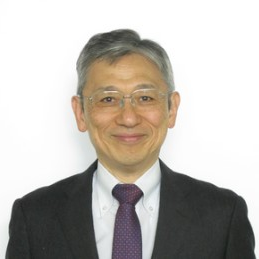Modeling of Crystal Growth
A special issue of Crystals (ISSN 2073-4352). This special issue belongs to the section "Crystal Engineering".
Deadline for manuscript submissions: closed (31 January 2021) | Viewed by 13679
Special Issue Editors
Interests: crystal growth; epitaxial growth; numerical modeling; growth kinetics; crystal growth engineering
Interests: fluid dynamics; quantum mechanics; molecular dinamics; Monte Carlo simulation; solution growth
Special Issues, Collections and Topics in MDPI journals
Special Issue Information
Dear Colleagues,
Modeling of crystal growth is an important tool to understand fundamental aspects, support experimental work, and contribute to optimization of industrial processes. The classical numerical methods listed below are being extended by the concept of big data and machine learning.
We invite all authors to contribute to this Special Issue by giving an overview of the current methods, limits, and challenges linked to modeling of crystal growth.
Articles are welcome applying calculations on:
- Atomistic scale, such as:
- Ab initio calculations;
- Molecular dynamics;
- Kinetic Monte Carlo;
- Microscopic and mesoscopic scale, such as:
- Phase field models;
- Enthalpy models;
- Lattice Boltzmann methods;
- Macroscopic scale, such as:
- Finite element methods;
- Finite volume methods;
- Thermal radiation models;
- Coupling scales and multiphysics.
Type of crystal growth might be:
- Bulk crystal growth;
- Epitaxy;
- Growth of nanostructures;
- Industrial crystallization.
Subjects might include:
- Growth conditions and polymorphism;
- Growth kinetics;
- Defect dynamics;
- Thermal and stress fields;
- Influence of convection;
- Optimization of growth process.
Dr. Wolfram Miller
Prof. Koichi Kakimoto
Guest Editors
Manuscript Submission Information
Manuscripts should be submitted online at www.mdpi.com by registering and logging in to this website. Once you are registered, click here to go to the submission form. Manuscripts can be submitted until the deadline. All submissions that pass pre-check are peer-reviewed. Accepted papers will be published continuously in the journal (as soon as accepted) and will be listed together on the special issue website. Research articles, review articles as well as short communications are invited. For planned papers, a title and short abstract (about 100 words) can be sent to the Editorial Office for announcement on this website.
Submitted manuscripts should not have been published previously, nor be under consideration for publication elsewhere (except conference proceedings papers). All manuscripts are thoroughly refereed through a single-blind peer-review process. A guide for authors and other relevant information for submission of manuscripts is available on the Instructions for Authors page. Crystals is an international peer-reviewed open access monthly journal published by MDPI.
Please visit the Instructions for Authors page before submitting a manuscript. The Article Processing Charge (APC) for publication in this open access journal is 2600 CHF (Swiss Francs). Submitted papers should be well formatted and use good English. Authors may use MDPI's English editing service prior to publication or during author revisions.
Keywords
- crystal growth
- modeling
- numerical methods
- calculations
- growth kinetics






